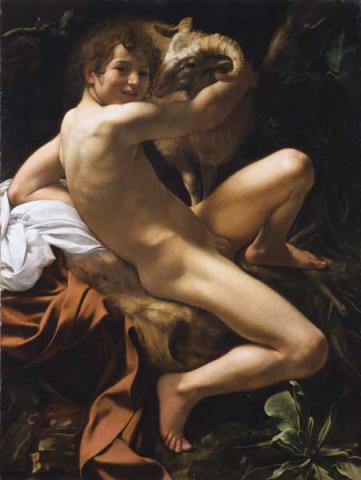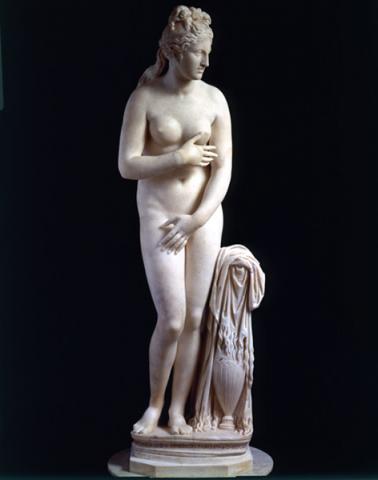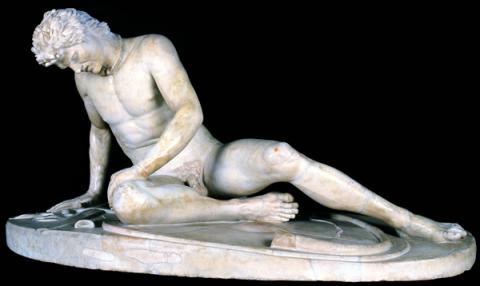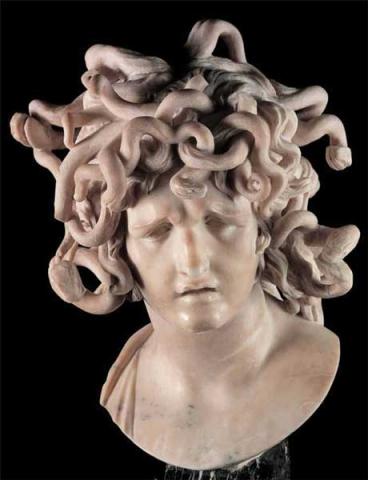In the wake of Homer
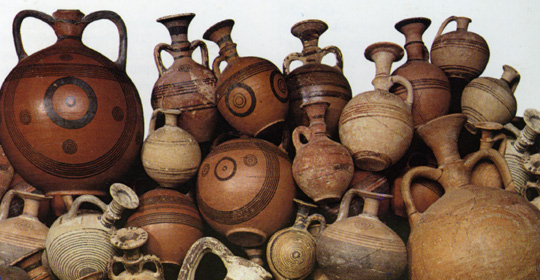
Evidence of trade between the Greek islands and the eastern shores of the Mediterranean in a particularly interesting period for the formation of Greek figurative culture.
This exhibition in Palazzo Caffarelli features some extraordinary bronze kraters, the magnificent rhyton with the "Lord of the Animals", small gold blades and pieces of finely-worked ivory, in addition to everyday and ornamental religious pottery going back to a period ranging from the 16th to the 6th centuries BC.
It offers the chance to see evidence, in the form of about 300 items from Museums in Cyprus, Crete, Rhodes and Kos of the busy network of trade and commerce that existed in the Eastern Mediterranean between the mainland coastline, which had already seen the development of some of the most important ancient civilisations, and the Greek islands, on which the Hellenic civilisation was already taking shape.
All this was taking place in a period which ran from the Bronze to the Iron Ages, when the Mediterranean trade routes were also being plied by men, ideas and cultural values which were to form the basis of that "Mediterranean Civilisation" which in turn was to be the roots of our history.
It was just this circulation of goods, objects and ideas that made the Mediterranean the cultural medium that it has been ever since. Thus the exhibitions has been set up with attention to certain aspects: the basic colour for the exhibition is sea-blue, while the most representative object in the exhibition is is a large stylised boat with glass display cases showing "imported" items.
The exhibition is named after Homer, since its paradigm is the mythical silver krater of Sidon, whose vicissitudes are narrated in the Iliad.
The krater's travels are described fully, from the city where it was made to the Syrian Palestinian coastline and the islands and towns of the north-eastern Aegean and north-west Asia Minor, not to mention its forced landing at Ithaca, and its constant passing from hand to hand, from the palaces and dwelling-places of aristocrats to the tents of besieging soldiers. Its value can be compared to that of one or three hundred oxen, according to circumstances. These are but fragmented parts of a single story and each relates, either singly or as part of the whole, to the items on display.


























